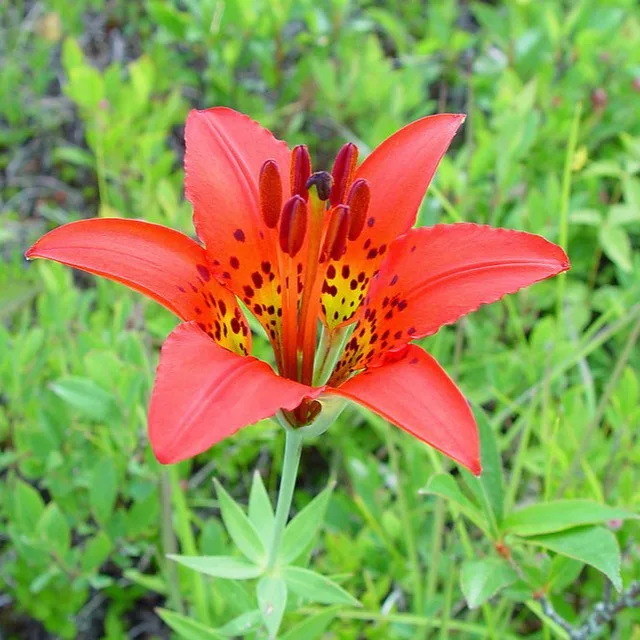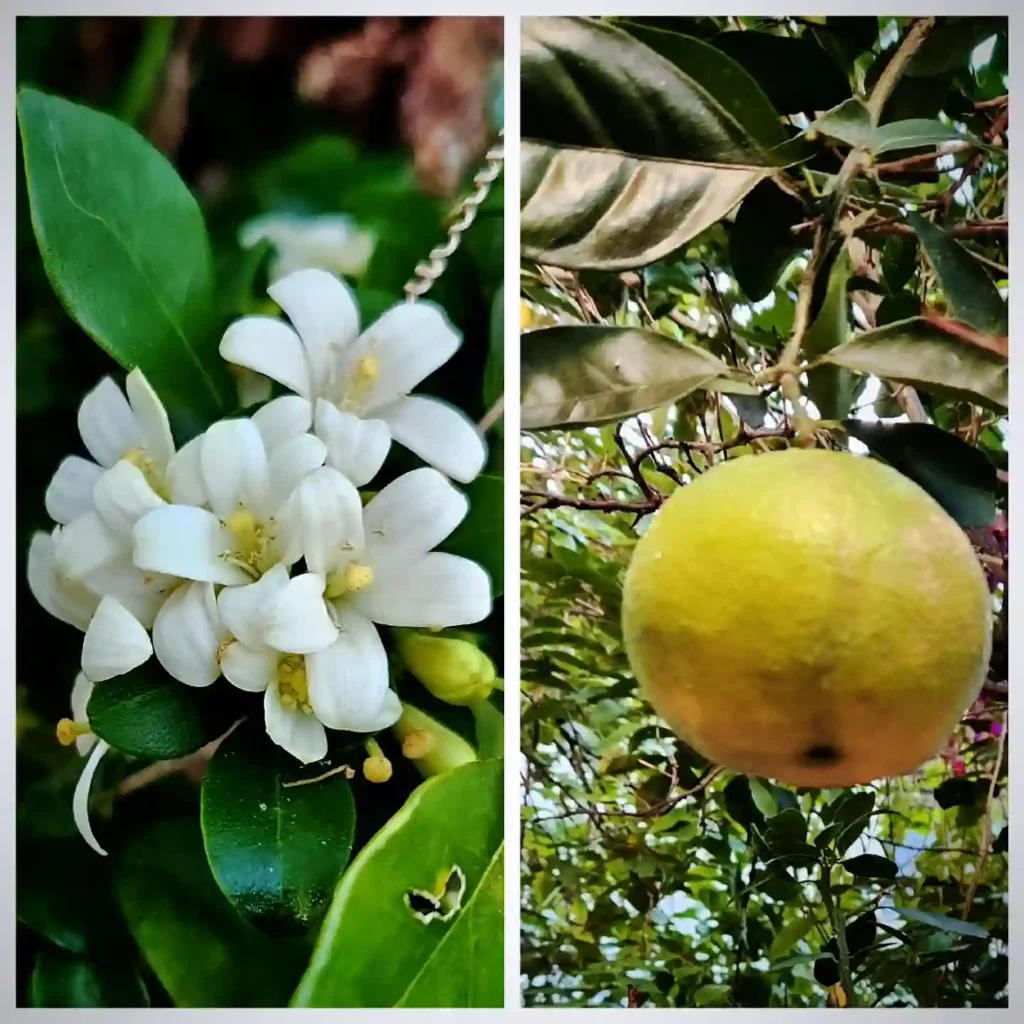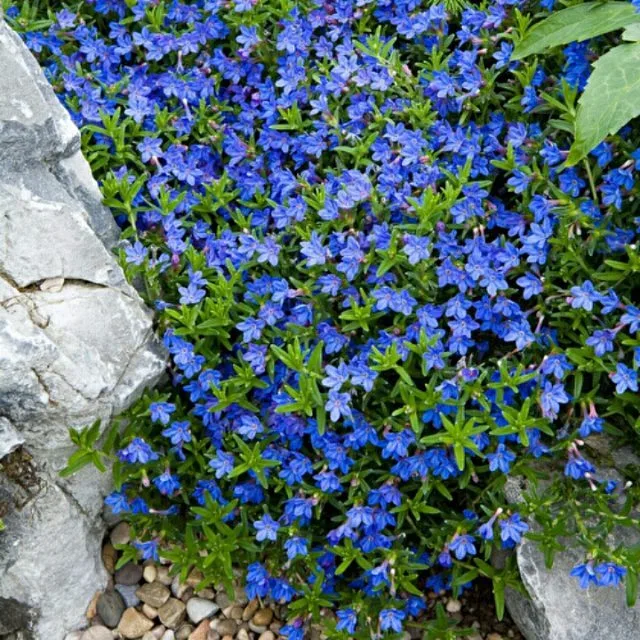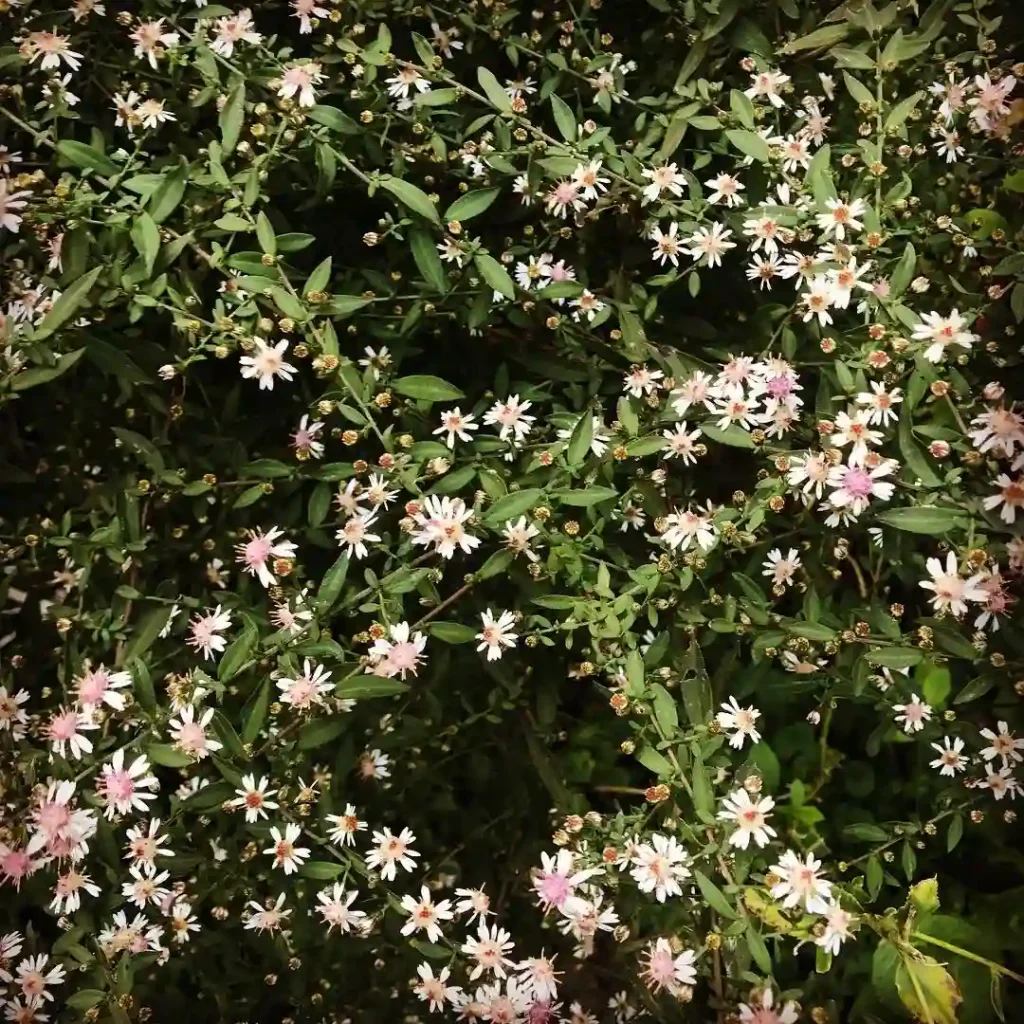Discovering the Nothofagaceae Family: A Personal Exploration
As an avid plant enthusiast, my fascination with the diverse plant families has led me down many intriguing paths. One family that has particularly captivated my interest is the Nothofagaceae. This family is home to several unique genera, most notably Nothofagus. In this article, I’ll share my journey of discovering these remarkable trees and their significance in our ecosystems.
Understanding Nothofagaceae
Nothofagaceae is a family of flowering plants that primarily consists of the genus Nothofagus, commonly known as the southern beeches. This family is native to the Southern Hemisphere, particularly found in regions like South America, New Zealand, Australia, and New Guinea. The diversity of the Nothofagaceae family is truly astonishing. With about 42 species of Nothofagus, each species possesses its own unique characteristics, adaptations, and ecological roles.
Nothofagus trees are known for their impressive height, often reaching up to 50 meters. Their foliage typically features leathery leaves, which can be either evergreen or deciduous, depending on the species. I’ve always been drawn to the striking contrast of their lush green canopies against the stunning blue skies.
A Diverse Family with a Shared History
- Nothofagus aequilateralis (Baum.-Bod.) Steenis
- Nothofagus alessandrii Espinosa
- Nothofagus alpina (Poepp. & Endl.) Oerst.
- Nothofagus antarctica (G.Forst.) Oerst.
- Nothofagus × apiculata (Colenso) Cockayne
- Nothofagus balansae (Baill.) Steenis
- Nothofagus baumanniae (Baum.-Bod.) Steenis
- Nothofagus betuloides (Mirb.) Oerst.
- Nothofagus × blairii (Kirk) Cockayne
- Nothofagus brassii Steenis
- Nothofagus carrii Steenis
- Nothofagus cliffortioides (Hook.f.) Oerst.
- Nothofagus codonandra (Baill.) Steenis
- Nothofagus crenata Steenis
- Nothofagus cunninghamii (Hook.) Oerst.
- Nothofagus discoidea (Baum.-Bod.) Steenis
- Nothofagus dombeyi (Mirb.) Oerst.
- Nothofagus flaviramea Steenis
- Nothofagus fusca (Hook.f.) Oerst.
- Nothofagus glauca (Phil.) Krasser
- Nothofagus grandis Steenis
- Nothofagus gunnii (Hook.f.) Oerst.
- Nothofagus × leoni Espinosa
- Nothofagus macrocarpa (A.DC.) F.M.Vázquez & R.A.Rodr.
- Nothofagus menziesii (Hook.f.) Oerst.
- Nothofagus moorei (F.Muell.) Krasser
- Nothofagus nitida (Phil.) Krasser
- Nothofagus nuda Steenis
- Nothofagus obliqua (Mirb.) Oerst.
- Nothofagus perryi Steenis
- Nothofagus pseudoresinosa Steenis
- Nothofagus pullei Steenis
- Nothofagus pumilio (Poepp. & Endl.) Krasser
- Nothofagus resinosa Steenis
- Nothofagus rubra Steenis
- Nothofagus rutila Ravenna
- Nothofagus solandri (Hook.f.) Oerst.
- Nothofagus × solfusca Allan
- Nothofagus starkenborghiorum Steenis
- Nothofagus stylosa Steenis
- Nothofagus truncata (Colenso) Cockayne
- Nothofagus womersleyi Steenis
Ecological Importance of Nothofagus
The ecological significance of Nothofagus cannot be overstated. These trees play a crucial role in their respective ecosystems. They provide habitat and food for a wide range of wildlife, including birds, insects, and mammals. For instance, I remember hiking through a forest in New Zealand, surrounded by towering Nothofagus trees. The sounds of birds chirping and insects buzzing filled the air, creating a vibrant atmosphere.
Moreover, Nothofagus species are essential for soil stabilization. Their extensive root systems help prevent soil erosion, especially in mountainous regions. This is particularly important in areas prone to landslides, where vegetation cover is crucial for maintaining soil integrity. Observing the impact of these trees on their surroundings has deepened my appreciation for their role in environmental conservation.
Fascinating Species in Nothofagus
During my exploration of Nothofagus, I encountered several species that stood out due to their unique features and adaptations. One of my favorites is Nothofagus menziesii, commonly known as the silver beech. This species is renowned for its stunning silvery-grey bark and beautiful, delicate leaves. I recall visiting a park in Tasmania where these trees created a serene and picturesque landscape, making it a perfect spot for photography.
Another intriguing species is Nothofagus solandri, or the black beech. This tree has a dense canopy that provides ample shade, making it a favorite among hikers seeking refuge from the sun. The wood of the black beech is also highly valued for its durability and strength, making it a popular choice for furniture and flooring. Witnessing the majestic presence of these trees has left a lasting impression on me.
Cultural Significance of Nothofagus
Beyond their ecological importance, Nothofagus species hold cultural significance in various regions. In New Zealand, the Māori people have long revered these trees for their timber and traditional uses. I’ve learned that the wood from Nothofagus is prized for carving and crafting tools, showcasing the deep connection between the indigenous culture and the natural environment.
In South America, Nothofagus species have been used for generations by local communities for various purposes, from construction to traditional medicine. This cultural appreciation highlights the importance of conserving these trees, as they are intertwined with the heritage and livelihoods of many people.
Conservation Challenges
Despite their ecological and cultural significance, Nothofagus trees face several challenges. Habitat destruction due to logging, agriculture, and urban development poses a serious threat to their populations. Additionally, climate change is impacting their distribution and health, making conservation efforts all the more urgent.
I’ve been inspired to learn about ongoing conservation initiatives aimed at protecting these magnificent trees. Organizations are working to raise awareness about the importance of Nothofagus and its ecosystems, encouraging sustainable practices that promote biodiversity. Participating in local reforestation projects has been a rewarding experience for me, as it allows me to contribute to the preservation of these remarkable trees.
Conclusion
In my journey through the Nothofagaceae family, I’ve gained a deeper understanding and appreciation for the Nothofagus genus. From their ecological roles to their cultural significance, these trees are truly remarkable. As I continue to explore the world of plants, I remain committed to advocating for the conservation of Nothofagus and its habitats. My experiences have reinforced the importance of preserving our natural world for future generations to enjoy.
If i die, water my plants!



